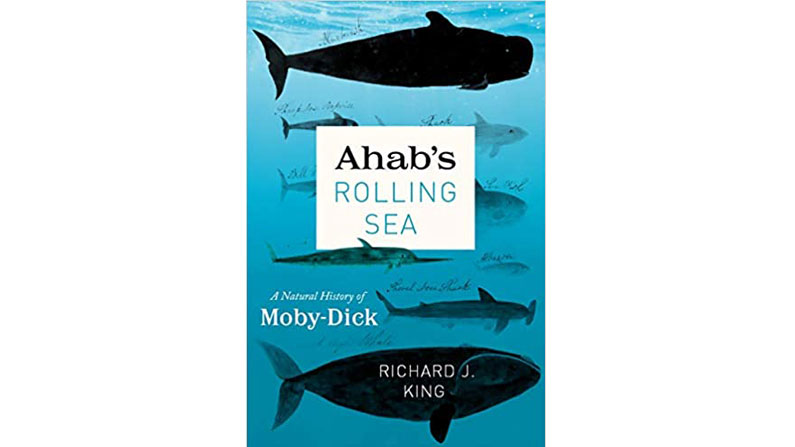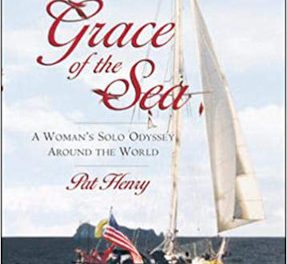 It’s amazing to think that no scholars atop the masthead of Melville studies had thought until now to undertake the systematic cataloging of the ways in which Moby-Dick reflects the 19th century mind as it relates to the natural history of the sea. Perhaps, like Ishmael atop the crosstrees, these scholars have found more ethereal concerns engaging, seeking after symbols instead of hunting fact. Luckily, King’s learned and illuminating examination of Ishmael’s musings—on everything from ambergris to the ways of the wind—has finally surfaced to fill that gap.
It’s amazing to think that no scholars atop the masthead of Melville studies had thought until now to undertake the systematic cataloging of the ways in which Moby-Dick reflects the 19th century mind as it relates to the natural history of the sea. Perhaps, like Ishmael atop the crosstrees, these scholars have found more ethereal concerns engaging, seeking after symbols instead of hunting fact. Luckily, King’s learned and illuminating examination of Ishmael’s musings—on everything from ambergris to the ways of the wind—has finally surfaced to fill that gap.
Extensively researched, King’s book is as methodical and marvelous a voyage across and under the oceans over which the Pequod sailed as was Ahab’s calculated pursuit of Moby-Dick. Bluewater and inshore sailors, including greenhorns who have never read Moby-Dick and old salts partial to quoting Ishmael after one too many pitchers, will find much in King’s study about which to wonder and remark. From Ishmael’s darker musings on sea-ravens and the albatross, to the magic of bioluminescence, and the various quarrels among museum men and whalers in Melville’s time over the true size and shape of whales, King’s comprehensive study is a fascinating trawl. Melville’s own somewhat extensive endeavor, once on the beach, to familiarize himself with most of the known science of his time pertaining to whales and other pelagic sea life, is manifest as King points out how the novel (often comically) comments on various intellectual battles surrounding evolution and natural history in Melville’s time.
King was a seasoned sailor of several tall-ship voyages himself, and thus his scholarship navigates the sometimes stormy intellectual weather and newly charted discoveries through which nineteenth century whalers sailed. Flensing and trying out, in a sense, both the myths and the fledgling oceanic and evolutionary science of Melville’s time, King’s account of the natural history behind so much of Moby-Dick is as keenly constructed as “the first full sperm whale skeleton assembled” (238) in a Sydney museum in 1851.
Much like the far-ranging novel it holds up to the light like a piece of a whale’s epidermis (which one “can indeed read through” (68) when it is freshly taken off), King offers a new and much needed fix on Melville’s search for a measured truth to serve as ballast for his metaphors in Moby-Dick. But King’s “[aim] to learn…how today we might read Moby-Dick to reveal how our American perceptions of the ocean have changed—and how they have not” may in the end prove his most valuable sighting from the masthead.
Ahab’s Rolling Sea: A Natural History of Moby Dick, by Richard J. King (University of Chicago, 2019)





